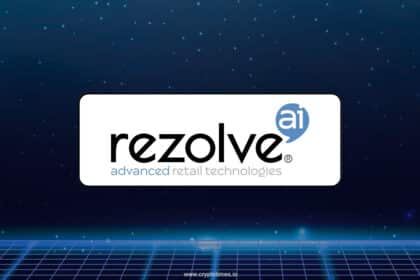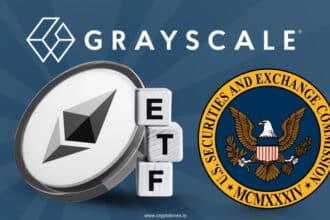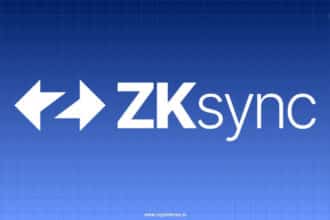Tokenized assets have hit a record value of about $270 billion in total assets under management (AuM). The rise shows that big financial firms are starting to use blockchain to issue and manage a wide range of financial products.
The latest data includes tokenized currencies, commodities, treasuries, private credit, and venture capital. Analysts say that much of this growth is due to traditional firms turning to blockchain for faster settlement and easier access.
Ethereum Becomes Preferred Platform
The on-chain data tracking platform, Token Terminal, reported that Ethereum (ETH) hosts about 55% of all tokenized asset value. The network’s smart contract ecosystem and the use of the ERC-20 standard have helped it become the main platform for tokenized finance. Large pools such as USDT, USDC, and BlackRock’s BUIDL fund are all issued using that standard.
New standards like ERC-3643 are bringing real-world assets to the chain. These include real estate, fine art, and private equity. With the market already at $270 billion, some analysts expect tokenized asset value to reach the trillions if the current pace continues.
Stablecoins Leads the Tokenization Sector
Amid ongoing acceleration of stablecoins, one clear sign of this trend is PayPal’s PYUSD. It is issued only on Ethereum and now has more than $1 billion in circulation. “PayPal’s PYUSD exceeding $1 billion supply cements Ethereum as the settlement layer for major finance. Stablecoin scale like this deepens liquidity and utility. Institutions are quietly standardizing on ETH,” one user said in a post on X.
BlackRock’s tokenized BUIDL fund has also been seen as a key example of how traditional money market products can be issued on-chain. Experts say Ethereum’s large user base and active developers make it the preferred choice for institutions.
Stablecoins like USDT and USDC support global payments and DeFi, while tokenized treasuries attract institutions looking for steady returns and quicker settlement.
Although some analysts continue to remain cautious, pointing to Ethereum’s selling pressure despite most of its supply being in profit. Even so, the rapid growth of tokenized assets suggests that traditional finance and blockchain are moving closer together.
Also Read: SharpLink Expands ETH Treasury Amid Strategic Overhaul











